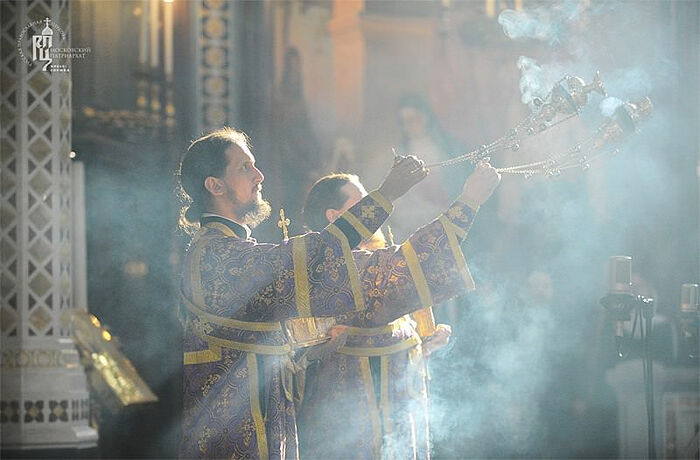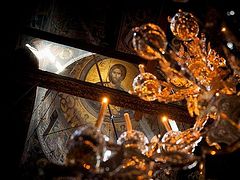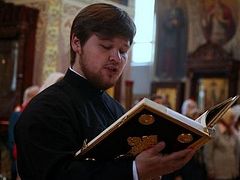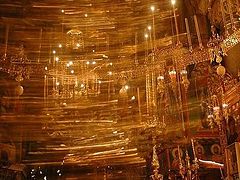Incense symbolizes prayer. That is pointed out in Sacred Scripture: And when he had taken the book, the four beasts and the four and twenty elders fell down before the Lamb, having every one of them harps and golden vials full of odors [incense] which are the prayers of the saints (Revelation 5: 8). As sweet-smelling smoke lightly rises up, so true prayer coming from a purified heart, should rise up to God. As incense has a pleasant aroma, so prayer, done with love and humility, is pleasing to the Lord. The Holy Apostle Paul says, Be ye therefore followers of God, as dear children: and walk in love, as Christ also hath loved us, and hath given Himself for us an offering and a sacrifice to God for a sweet-smelling savour (Ephesians 5: 1–2). In the cited text, we find the concept that censing in the Old Testament prefigured the sweet-savour of the passion of the Savior of the world. When, because of yet another murmur of complaint by the people Israel, God began to strike them [with plague], Aaron the High Priest went into the midst of the congregation, and offered incense in atonement, and God’s wrath abated (Numbers 16:41–48). Their sin was forgiven. In another example, it was while the Prophet Zechariah was censing in the Temple, that he received news from an Angel of the Lord regarding the coming birth of his son, the Great Forerunner of the Lord, St. John the Baptist (Luke 1:11).
When holy things, such as icons and the temple, are censed, that censing is directed toward God, giving Him due honor and glory. When the censer is turned toward people, it bears witness to the fact that the Holy Spirit is poured out onto all the faithful, for they have within them the image of God. It is tradition that in response to being censed, people bow.
Before beginning to cense, the priest utters the following prayer: “Incense do we offer unto Thee, O Christ our God, as an odor of spiritual fragrance; accepting it upon thy most heavenly altar, do thou send down upon us the grace of Thy Most Holy Spirit.” That prayer makes clear that the visible smoke symbolizes the invisible presence of the Lord’s grace, which spiritually strengthens the faithful.





